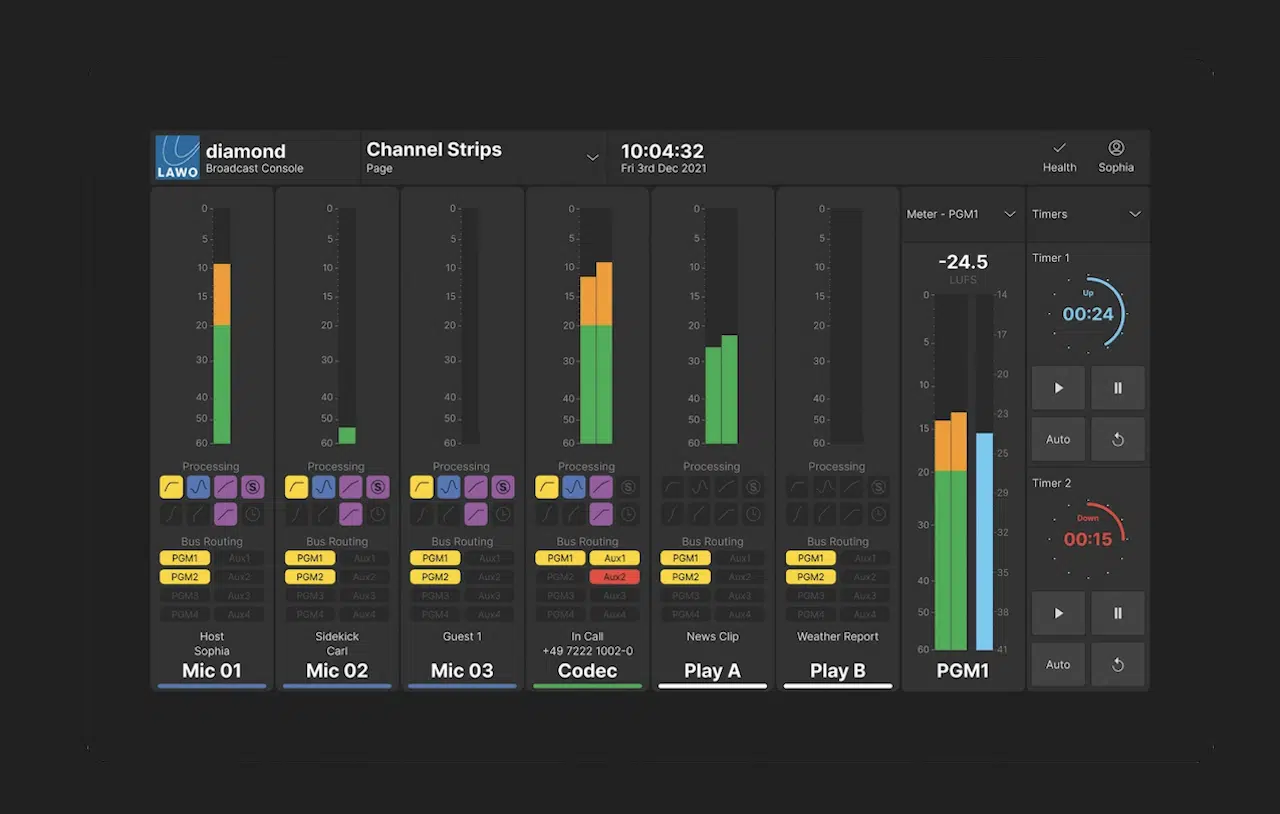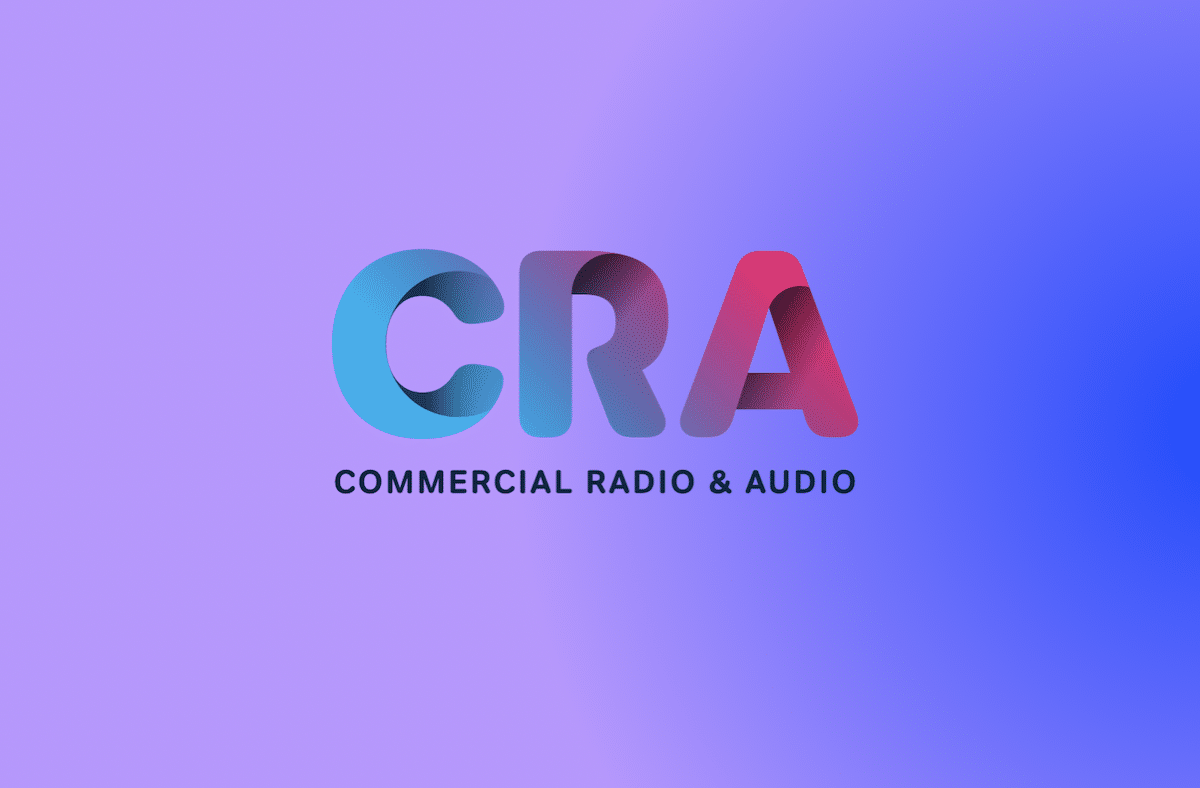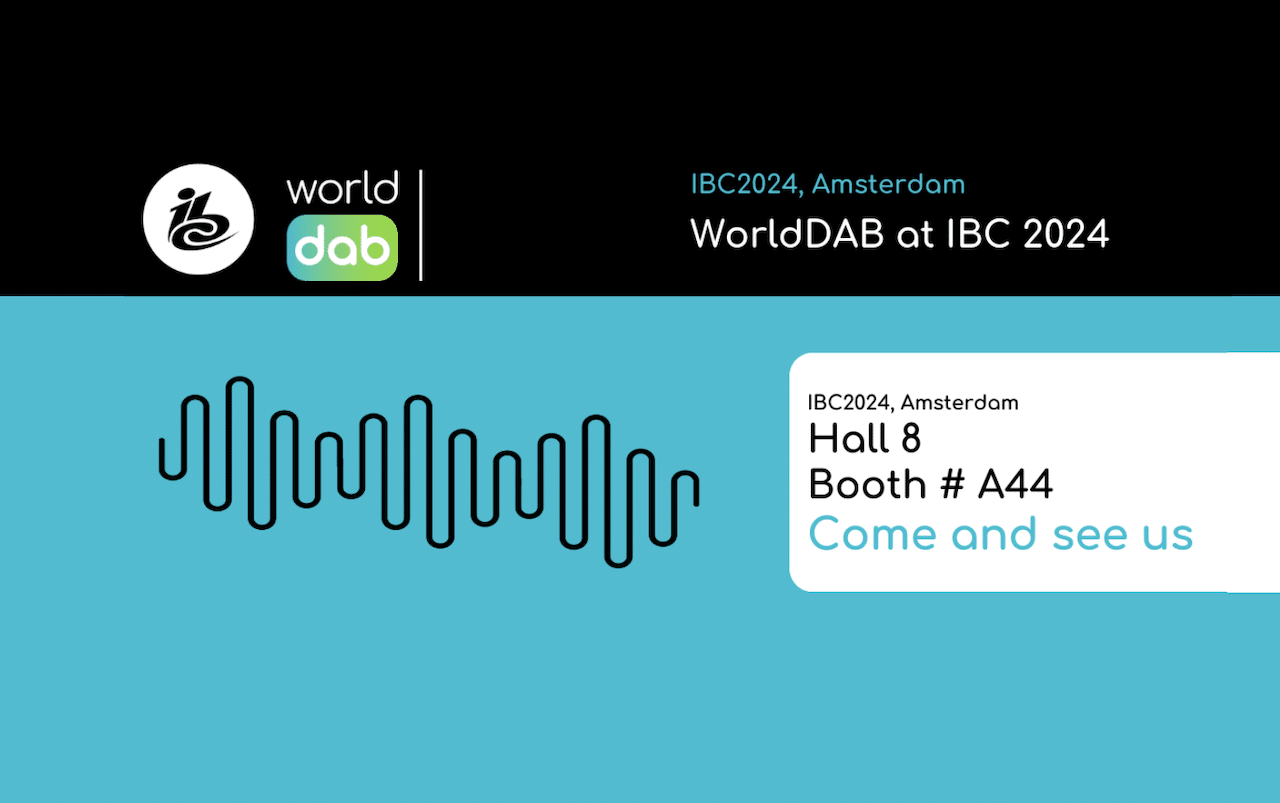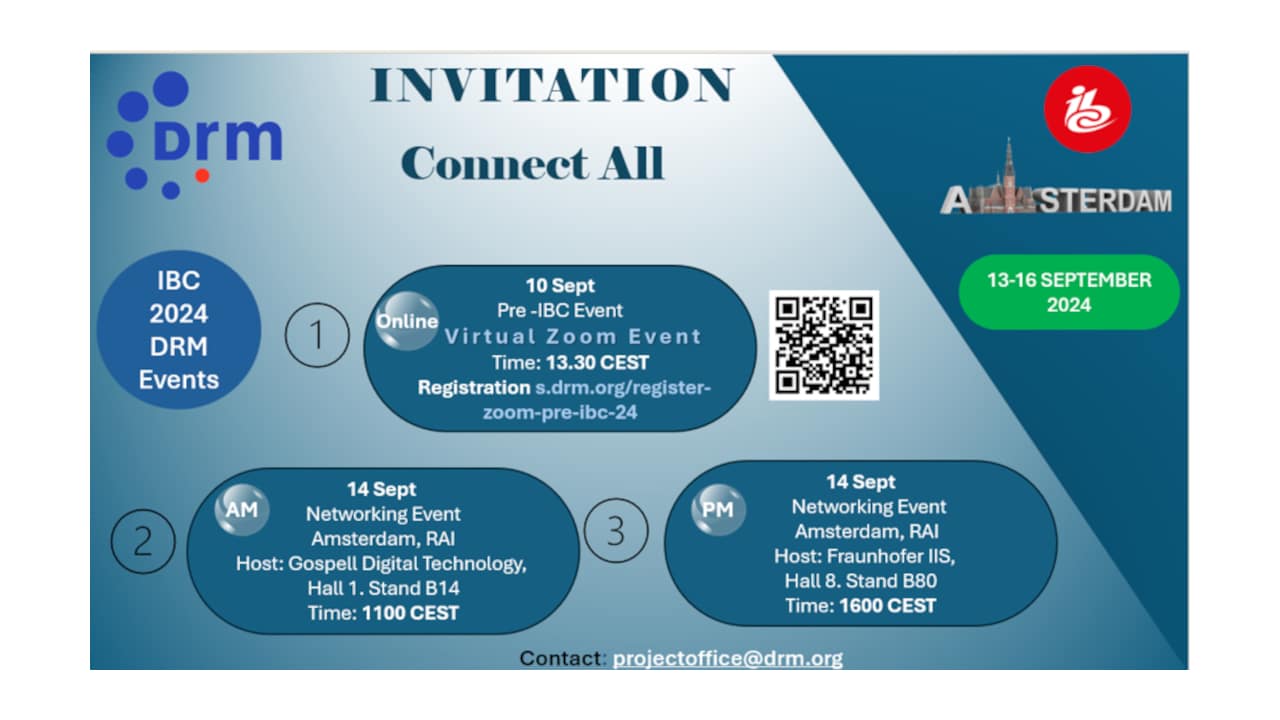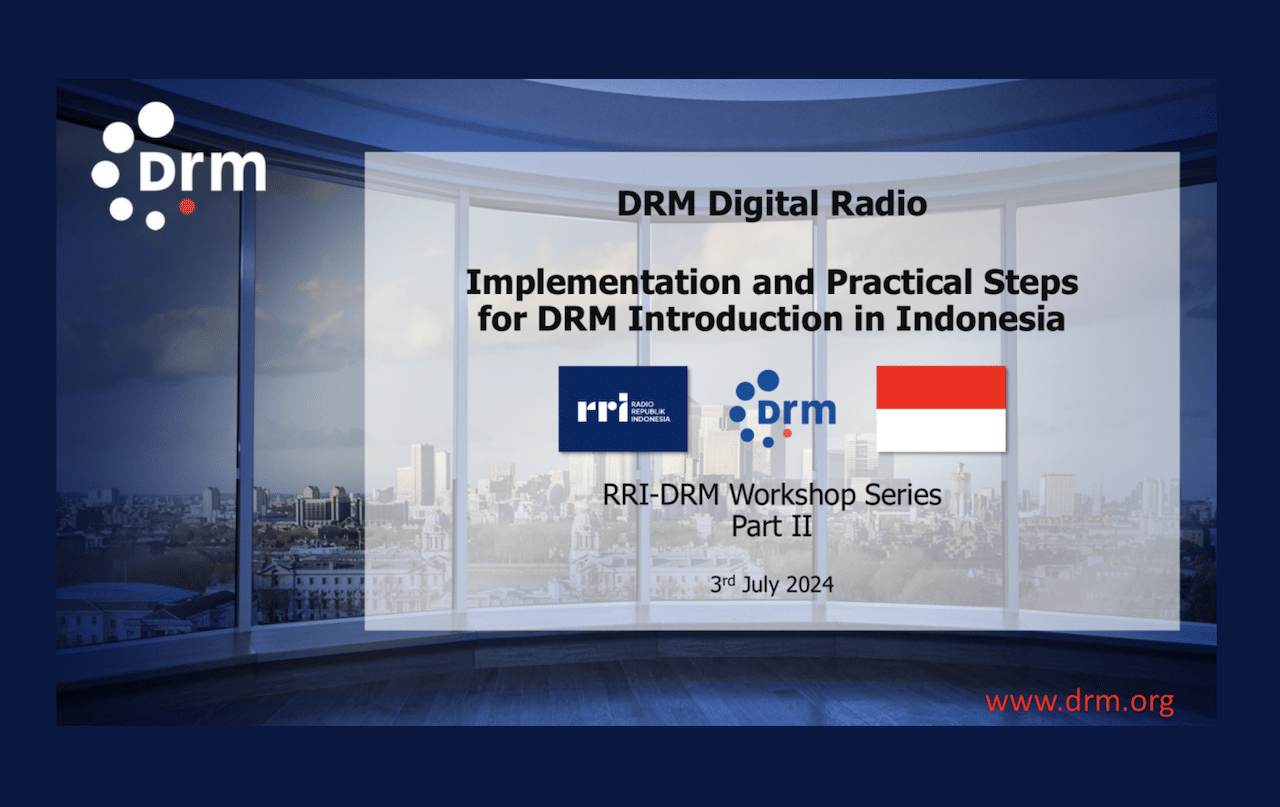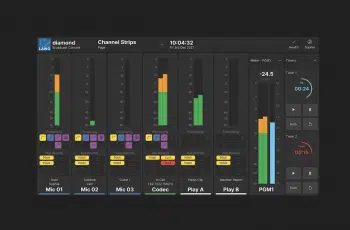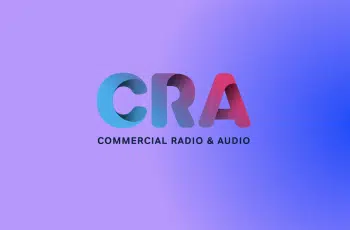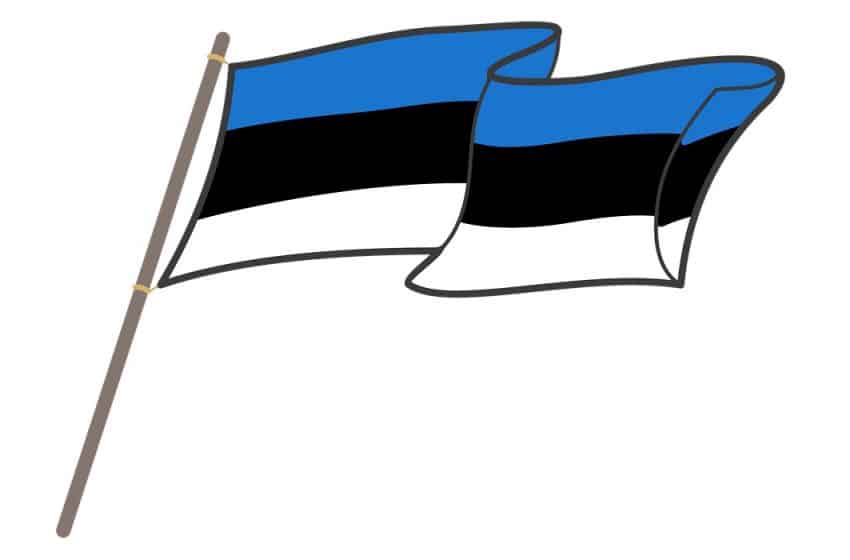
Estonia’s consumer protection and technical regulatory authority, the TTJA, has announced a standard set of principles for testing digital radio, allowing market players to test the new technology until the end of 2023.
“One of our objectives for the coming year is to create the necessary technical conditions for the development of digital radio,” said Oliver Gailan, head of the communications department. “To enable today’s market players to test the new technology, as a first step, we have drawn up common principles for testing digital radio and are preparing suitable frequencies for testing in the 174–230 MHz band. During the test period, market players will be able to get hands-on experience of digital radio, if they so wish, and the government will also be able to provide feedback on what the future model could look like for the allocation of frequencies for permanent use in the radio market.”
The trial period will run throughout 2023, during which the TTJA plans to organize a public consultation of market participants to gather views on the permanent introduction of digital radio in Estonia.
“Digital radio is something similar to what digital television used to be, which switched over from analog years ago,” explained Erko Kulu, head of the TTJA’s frequency management service. According to Kulu, Levira, which owns the infrastructure needed to broadcast radio stations, and Duo Media, which owns the radio stations formerly owned by the Postimees Group, have shown interest in digital radio. Levira says the trials will begin at the end of November, lasting nine months to allow for all weather conditions.
The Estonian public broadcaster, ERR, started DAB+ trials on Nov. 28.



